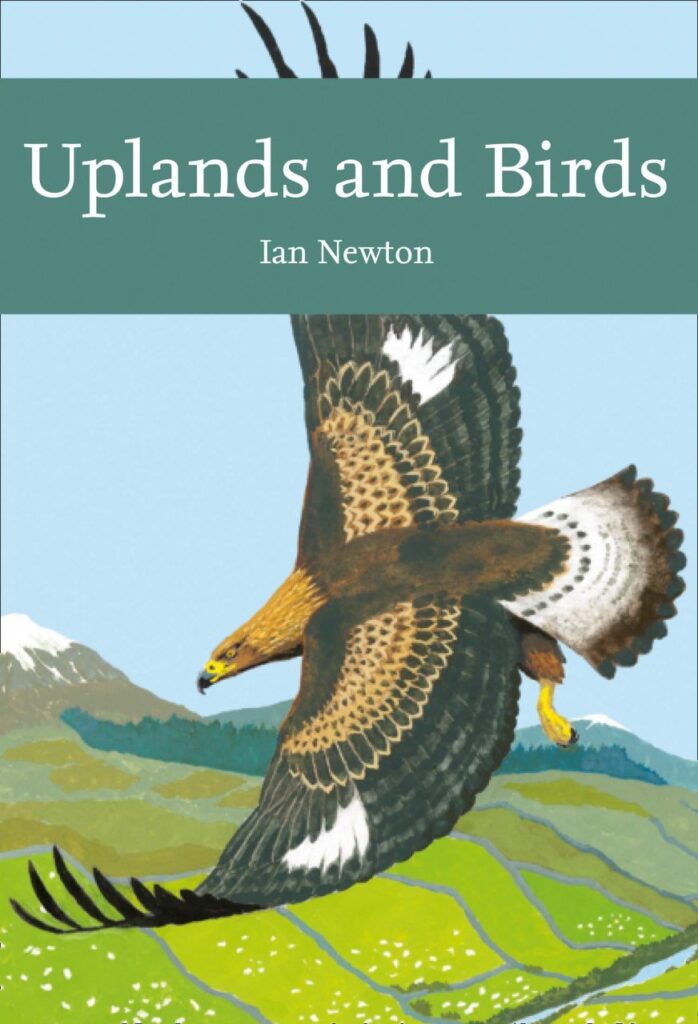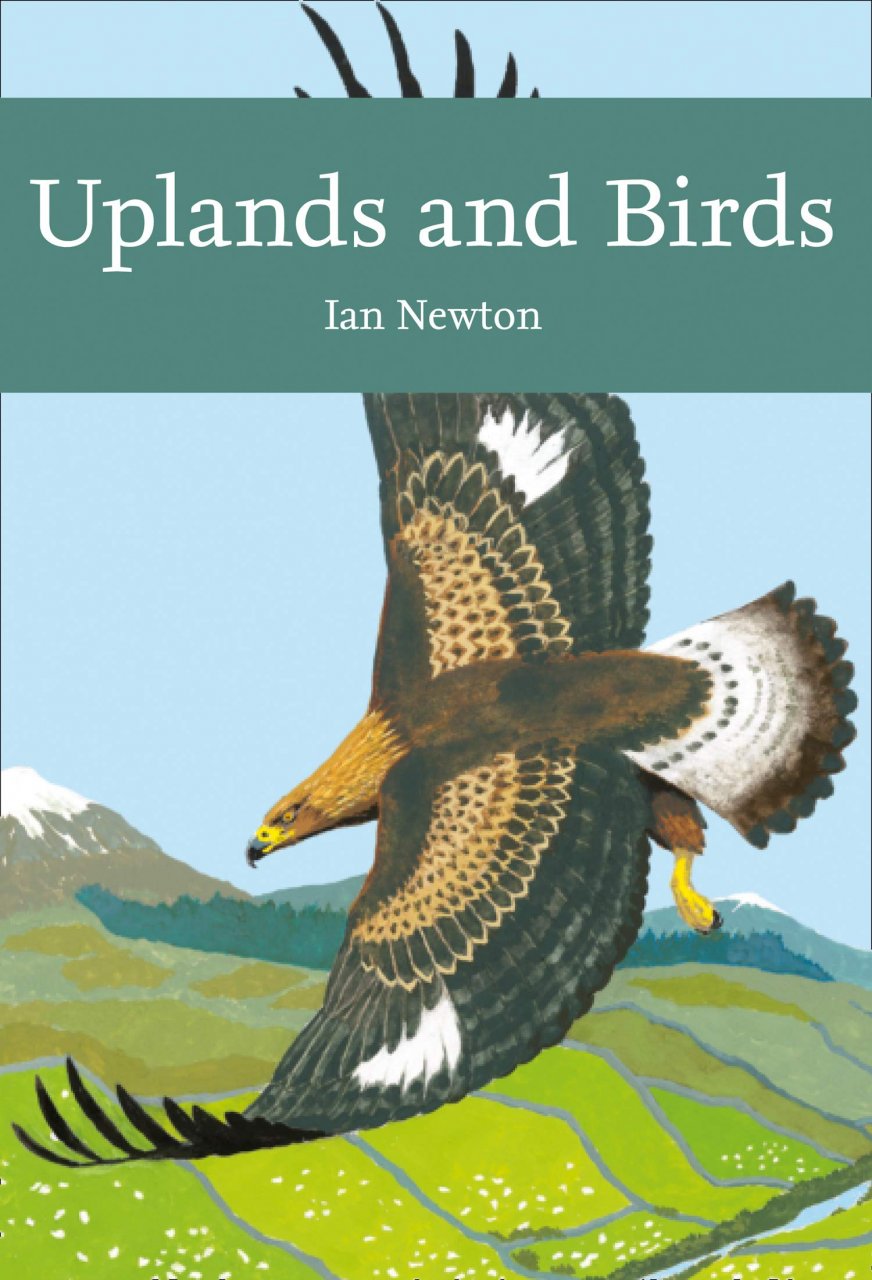View this book on the NHBS website
In writing this book, Ian Newton has broken a record. With five New Naturalist titles to his name he has written more than any other author, and, amazingly, the last four of these have appeared in just ten years! With this work and his previous in the series, Farming and Birds, he has assessed two habitats that constantly crop up in discussion of the impact of our actions on bird populations. With the recent publication of the Werritty Report on grouse-moor management, this latest New Naturalist has appeared at a time when the management and future of our uplands are very much in the spotlight.
The book opens by outlining the history of the uplands and the people who have managed them. Although they cover 30% of our land, the uplands provide less than 1% of our food, but collect around 70% of our drinking water and store huge amounts of carbon. It is often forgotten that many of these uplands were once covered in forests, which were cleared over several thousands of years. While this created the landscapes which we see today, it has come at a price, with soil erosion and loss of soil fertility among the major problems.
Over time, however, a total of 21 bird species has come to rely solely on our uplands, breeding nowhere else. A further 28 species from other habitats commonly make use of these areas, too. Four chapters consider the different groups of birds – the pure upland birds, the lowland breeding waders, and the birds of native woodlands and conifer plantations. Much of what we know about each species is condensed into a concise and easily readable text, something that Newton is a master at creating.
Other chapters explore the major influences on the vegetation of the uplands, including both large and small herbivores. While sheep numbers have doubled in the last half-century, cattle have declined. The result has been the loss of heather moorland, while large areas of peat bog have been drained in order to improve conditions for these animals. In the same period, Red Deer densities on open land in Scotland have increased by 60%, which comes at a cost to birds through damage caused to priority habitats. Deer that were once restricted to the open land have now moved into the forests, too.
By comparison, the management of moorland for grouse-shooting has maintained an important habitat for birds. Managed grouse moors cover less than 20% of the uplands, shared evenly between Scotland and England. Despite this, they account for much of the recent political debate about land use in the uplands. For many people, the chapter looking at the impact of grouse-moor management will therefore be of particular interest. This looks back to the 1850s, when the sport involved mostly shooting by friends and family of the moor’s owner, and to the development of more commercial ‘driven shooting’, which creates artificially high densities of up to several hundred grouse per square kilometre. Newton discusses the challenges that grouse-moor management presents, from the illegal destruction of birds of prey to the draining and burning of peat bogs. He concludes that arguments in favour of driven grouse-shooting become less tenable as management intensifies and the environmental impacts become worse. The bottom line, however, is that if these moors disappear there would be no alternative habitat for most ground-nesting bird species. If not managed for grouse, many moors would potentially be converted into forest: indeed, the Forestry Commission has raised its overall planting target to achieve 21% of Scotland’s land area under forest by 2032.
Another chapter looks at the potential opportunity for the uplands if rewilding becomes a profitable option for landowners: offering Government incentives to let nature develop with minimum intervention should be far cheaper than supporting unprofitable hill farming. Rewilding can also support more people than farming through the development of wildlife tourism, but to achieve such a goal needs great vision and courage from those in Government.
Ian Newton’s closing remarks summarise the situation in stark terms: the uplands of Britain ‘provide some striking examples of human land abuse’. None of the main land uses in the uplands pay for themselves. Farming, forestry and energy generation are all heavily subsidised by the Government, while grouse moors are funded by wealthy landowners. Newton wants to find a way that allows modern grouse-moor management to benefit both shooting and raptor conservation. He concedes that failure to find a solution will lead either to further illegal killing of raptors or to Government licensing of the sport to punish law-breakers – something that both the Labour Party and Scottish Nationalist Party currently support.
see a parallel with Farming and Birds in that in both the uplands and farmland there are some landowners who are committed conservationists, and others who are ruthless business people for whom success can be measured only by profit. My optimism is worn down when I meet with the latter, and the realist in me says that the battle for our uplands can be resolved only through Government intervention.
This is an excellent book, written in an engaging style that allows you to delve in and out with ease. It is well illustrated throughout and, despite its size, is a delight to read.

